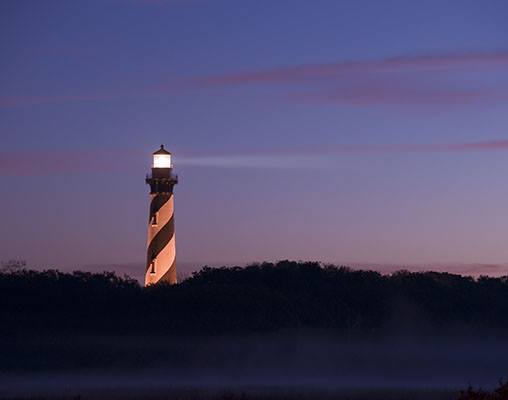
St. Augustine is the oldest continuously occupied European-established settlement and port in the continental United States. was founded in September 1565 by Spanish admiral Pedro Menéndez de Avilés, and subsequently served as the capital of Spanish Florida for two hundred years. It remained the capital of East Florida as the territory changed hands between the Spanish and British, and remained the capital of the Florida Territory until it was moved to Tallahassee in 1824. Since the late 19th century, its historical character has made the city a major tourist attraction.
The first thing I wanted to see was the St. Augustine Lighthouse & Museum, but we headed to the Castillo De San Marcos National Monument to see a reenactment. It was incredible and loud, cannons were involved. Loved the costumes and presentation. We had a great time walking around the grounds and finding out more about the history of Castillo De San Marcos. It is definitely worth a visit if you are in the area.
After a quick lunch, we finally headed to the St. Augustine Lighthouse & Museum. It is the first (and so far, only) lighthouse we went to. It is pretty cool. St. Augustine was the site of the first lighthouse established in Florida by the new, territorial, American Government in 1824. According to some archival records and maps, this "official" American lighthouse was placed on the site of an earlier watchtower built by the Spanish as early as the late 16th century.
By 1870, beach erosion was threatening the first lighthouse. Construction on a new light tower began in 1871 during Florida's reconstruction period. The new tower was completed in 1874, and put into service with a new first order Fresnel lens. It was lit for the first time in October by keeper William Russell. Russell was the first lighthouse keeper in the new tower, and the only keeper to have worked both towers. In 1885, after many experiments with different types of oils, the lamp was converted from lard oil to kerosene. During World War II, Coast Guard men and women trained in St. Augustine, and used the lighthouse as a lookout post for enemy ships and submarines which frequented the coastline.
In 1907, indoor plumbing reached the light station, followed by electricity in the keeper's quarters in 1925. The light itself was electrified in 1936, and automated in 1955. As the light was automated, positions for three keepers slowly dwindled down to two and then one. No longer housing lighthouse families by the 1960s, the keepers' house was rented to local residents. Eventually it was declared surplus, and St. Johns County bought it in 1970. In that year the house suffered a devastating fire at the hands of an unknown arsonist.
Today, the St. Augustine Light Station consists of the 165-foot (50 m) 1874 tower, the 1876 Keepers' House, two summer kitchens added in 1886, a 1941 U.S. Coast Guard barracks and a 1936 garage that was home to a jeep repair facility during World War II. The site is also a National Oceanic and Atmospheric Administration weather station.
We spent a while walking around the lighthouse and taking some pictures and walking through the museum. It was pretty cool. After we left there we drove around and took pictures of the lighthouse from different areas of the city. It is a cool city. Amazing that it is the oldest city is the US. Sadly we were only there for the day, but one day we would love to go back and spent some more time in this historic city. Until we do, here are a few things we will look forward to doing the next time we are there.
| Alligator Farm | Fort Matanzas National Monument | Pirate & Treasure Museum |
| Wolf's Museum of Mystery | Castle Otttis | Villa Zorayda Museum |
Back to Our Home Page
Page last updated August 2014